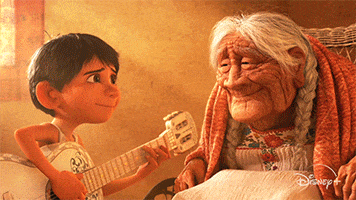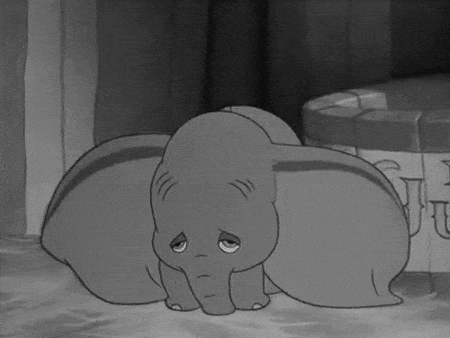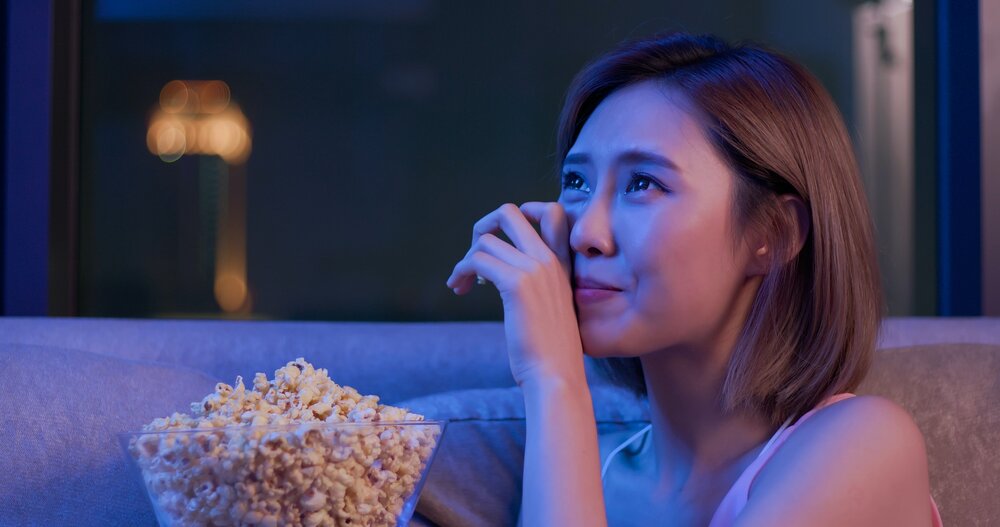Whichever way you look at it, this year has given us many reasons to feel upset.
From the coronavirus pandemic and the tragic death of George Floyd, to our own daily struggles with life under lockdown, it’s totally understandable if lately you’ve been feeling more emotional than usual.
It’s also perfectly normal to have increasingly found yourself clutching a tissue and weeping in front of the telly, be it over Disney/Pixar animation Coco – about a boy who crosses into the Land of the Dead – or classic weepy, Marley And Me, starring Jennifer Aniston, Owen Wilson and a too-adorable labrador.

Whether you deliberately seek out sad films or not, there’s no denying having a good cry can often make us feel better when things get too much.
But why does watching a tearjerker feel so cathartic?
It can help validate our feelings
“It’s not uncommon for people to watch sad films when they are already upset, gloomy or experiencing hard times,” says Dr Gregory Warwick, counselling psychologist at Quest Psychology Services. “The reason we are likely drawn to this media when we feel this way is because the film shown is in agreement with our internal state.
“Viewing the upset and the struggle validates our own internal thoughts and feelings.”
A Star Is Born always makes me cry ???? idk why I put this movie on right now but I guess ima just cry myself to sleep lol pic.twitter.com/4oju0t51A9
— ari ???? (@__arianaj) June 5, 2020
MS Mamta Saha, psychologist and creator of Affirmations for Inner Peace, says people might not even recognise what they’re feeling under the surface: “Many people don’t realise the depth of their emotion. They don’t have an outlet or they don’t feel comfortable being that vulnerable.
“Because it takes a lot of vulnerability and courage to say, ‘I’m feeling awkward or sad. I just want to cry’.” Watching a sad film can provide an outlet for those emotions.
It helps us process emotions
Warwick says there is evidence upsetting films allows us to process our own feelings and problems. “The work of Ahn et al (2012) shows us that the more realistic and involved we feel in the film, the more we’re able to enjoy it, process what we need to, and feel better afterwards.
“This could be particularly relevant now when we are experiencing a time of global pandemic and extremely emotive social rights campaigning. We might feel as though we have little control over the situation, or not know how to move forward. Which is why, right now, we may be watching tearjerkers, to feel connected to the world and our emotional state.”

(iStock/PA)
It can serve an evolutionary purpose
“It has been shown that crying activates our parasympathetic nervous system and as a result, soothes us through the release of oxytocin and endorphins,” says Warwick.
Also known as the ‘love hormone’, oxytocin promotes feelings of wellbeing – that’s why you can get a rush of relief when the sobbing starts.
“In addition to this, it is a way that enables us to rally those around us to provide support,” he says, which is particularly important at the moment.
“A lot of people have been dying with Covid-19, but at the same time we’re expected to get on with life and just carry on as normal,” says Saha, explaining how it’s a way of “seeking solace, by watching a tearjerking film.”
She adds: “So many of us have been conditioned to not cry, but we should never stop ourselves from crying.”
In the mood for a good blub? This eight-minute animated film should do the trick…
